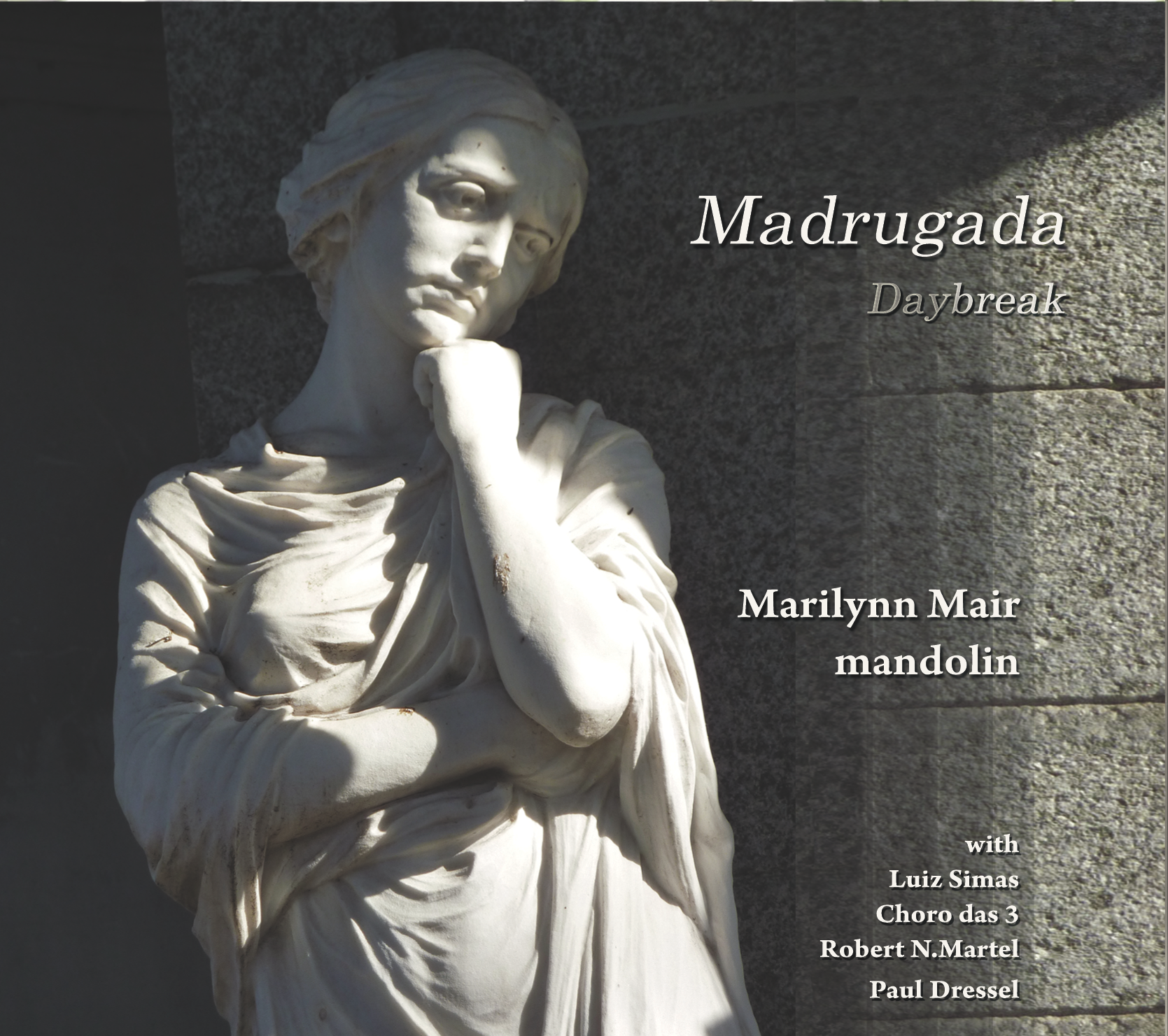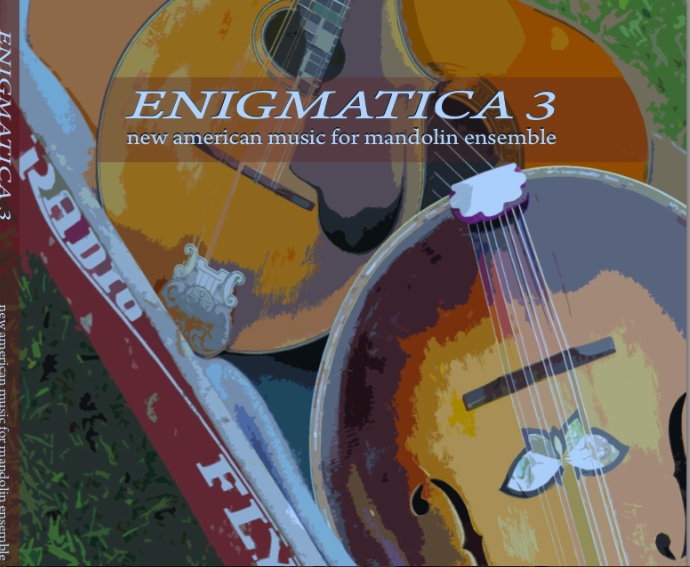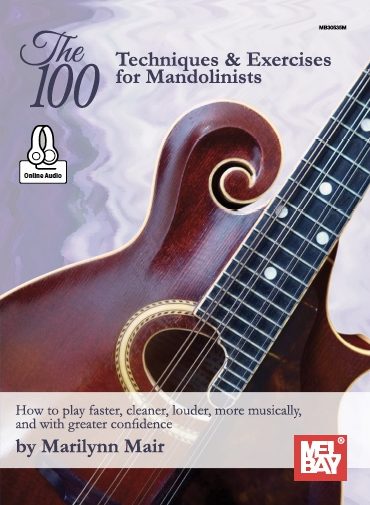This article was originally published in “Mandolin Magazine,” Summer 2003.
Download the pdf for the sheetmusic than accompanies this article: habanera
“You touch me, I hear the sound of mandolins.
You kiss me, and with your kiss my world begins.
For my love is like the wind, and wild is the wind.”
The lyrics floated out of my car radio in the sultry tones of Nina Simone, shortly after her death this spring. They stayed in my mind for days. The exquisite beauty of Simone’s vocals did touch me. And her reference to mandolins made personal her reflection on the evocative quality of music. Music communicates human emotion. Beyond the notes, beyond our carefully-honed technique, the true power of music is its open heart, reflected back in the faces and memories of those who hear it. The best music leaves an indelible mark. It is of us, and yet beyond us, a powerful force as wild and intangible as Nina Simone’s wind.
Last issue I wrote pragmatically about how you can begin to develop a fluid, expressive tremolo. It’s important for mandolinists to remember that good tremolos don’t just happen. There is a technique that has to be mastered, and that requires patient repetition of exercises that will slowly build the note density needed to create that sparkling illusion of the long, uninterrupted tone. Not many players choose to invest the time to do this.
I often have professionals & students sit in on my classes looking for a quick trick that will give them the sound they can hear that they lack. I’m happy to advise and share, but, unfortunately, there really isn’t a short cut. Tremolo takes time, and you have to believe that it is important enough to your sound to do the tedious work. Only then will you develop, first, the technique to create a smooth sustained phrase and, second, the ability to use that technique to craft your musical language.
Behind every great performance, live or recorded, is a musician who has a strong internal vision of the music she or he seeks to create. Learning to communicate that vision is the true work of all artists, regardless of discipline. There is an intensity in creation that empties and replenishes simultaneously. It has to be there. Art requires emotional investment, and a vocabulary wide enough to express the unseen intangible idea. Developing a great tremolo puts a new tool in your hands. Tremolo is hot, and a good one can add a sensuous dimension to your music that will make it unforgettable. Reflect on this as you work on your technique. You are developing a new way to carry your sound, and one that may give voice to an unprobed corner of your musical soul.
The “Habanera” from the opera Carmen is a piece of music that has long been synonymous with emotional intensity. I’ve arranged it here for two mandolins, and each part has its own lesson to impart. I think the vocal line works beautifully on mandolin. As you tremolo the sinuous melody, invest it with the feeling it deserves. Consider transposing the tune up an octave in parts, if you are comfortable playing up at the octave. The accompaniment pattern, the habanera dance rhythm, is languid yet firm. Play it strongly, but without tremolo, as a solid support to the tender tune. Be sure you don’t rush away from the first dotted note; be drawn away, with reluctance, but always in tempo. Relax, focus, and enjoy the passionate music you can create with your mandolin.




